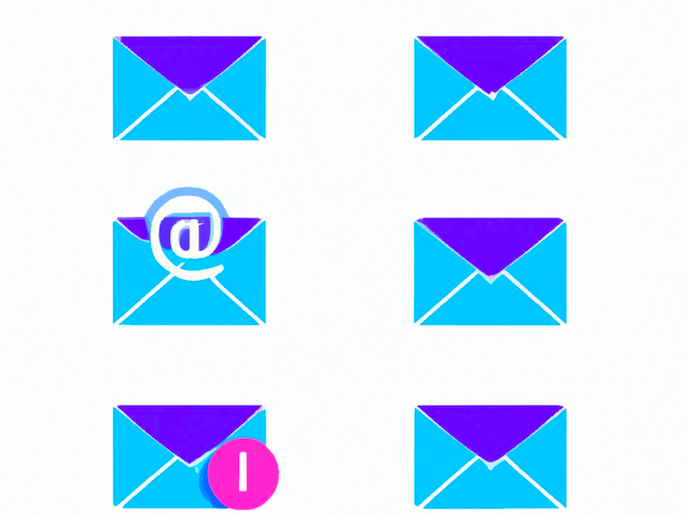Email retargeting is a powerful strategy that allows businesses to re-engage their audience and boost conversions. In this step-by-step guide, we will walk you through the process of setting up and optimizing your email retargeting campaigns to achieve remarkable results.
Define Your Retargeting Goals:
Clearly identify your objectives for email retargeting. Whether it’s recovering abandoned carts, nurturing leads, or driving repeat purchases, having well-defined goals will guide your strategy.
Select an Email Marketing Platform:
Choose an email marketing platform that offers robust retargeting features and integration capabilities. Look for platforms that provide advanced segmentation, automation, and tracking functionalities to streamline your campaigns.
Install Tracking Pixels:
Integrate tracking pixels on your website to gather user data. These pixels will help you track user behavior, such as page visits, product views, and cart abandonment. Popular platforms like Facebook and Google Ads offer retargeting pixels for easy implementation.
Segment Your Audience:
Segment your audience based on their behavior, preferences, and demographics. This allows you to create targeted email campaigns tailored to specific groups. Segmentations can include browsing history, purchase history, engagement level, or any other relevant criteria.
Create Customized Email Templates:
Design compelling email templates that align with your brand and resonate with your audience. Personalize your messages based on user preferences and behaviors. Use dynamic content to deliver personalized product recommendations, exclusive offers, or relevant content.
Set Up Automated Workflows:
Implement automated email workflows triggered by specific actions or events. For example, send a cart abandonment email to users who leave items in their shopping cart. Use automation to deliver timely and relevant messages, nurturing leads and encouraging conversions.
Optimize Email Timing and Frequency:
Determine the optimal timing and frequency of your email retargeting campaigns. Test different send times and frequencies to find the sweet spot for engaging your audience without overwhelming them. Monitor open rates, click-through rates, and unsubscribe rates to gauge campaign effectiveness.
Monitor and Analyze Campaign Performance:
Regularly monitor the performance of your email retargeting campaigns. Track key metrics such as open rates, click-through rates, conversion rates, and revenue generated. Analyze the data to identify areas for improvement and make data-driven optimizations.
Implement Continuous Testing and Optimization:
A/B test various elements of your email campaigns, including subject lines, call-to-action buttons, visuals, and content. Experiment with different messaging and offers to find what resonates best with your audience. Continuously optimize your campaigns based on the insights gained from testing.
Ensure Compliance and Data Protection:
Adhere to data protection regulations such as GDPR or CAN-SPAM when implementing email retargeting. Obtain proper consent for sending marketing emails, provide clear unsubscribe options, and handle user data responsibly to maintain trust and compliance.
Conclusion: By following these step-by-step instructions, you can establish effective email retargeting campaigns that engage your audience and drive conversions. Remember to define your goals, segment your audience, create compelling emails, and continuously optimize based on data-driven insights. With a well-executed email retargeting strategy, you can achieve remarkable results and maximize the impact of your marketing efforts.



